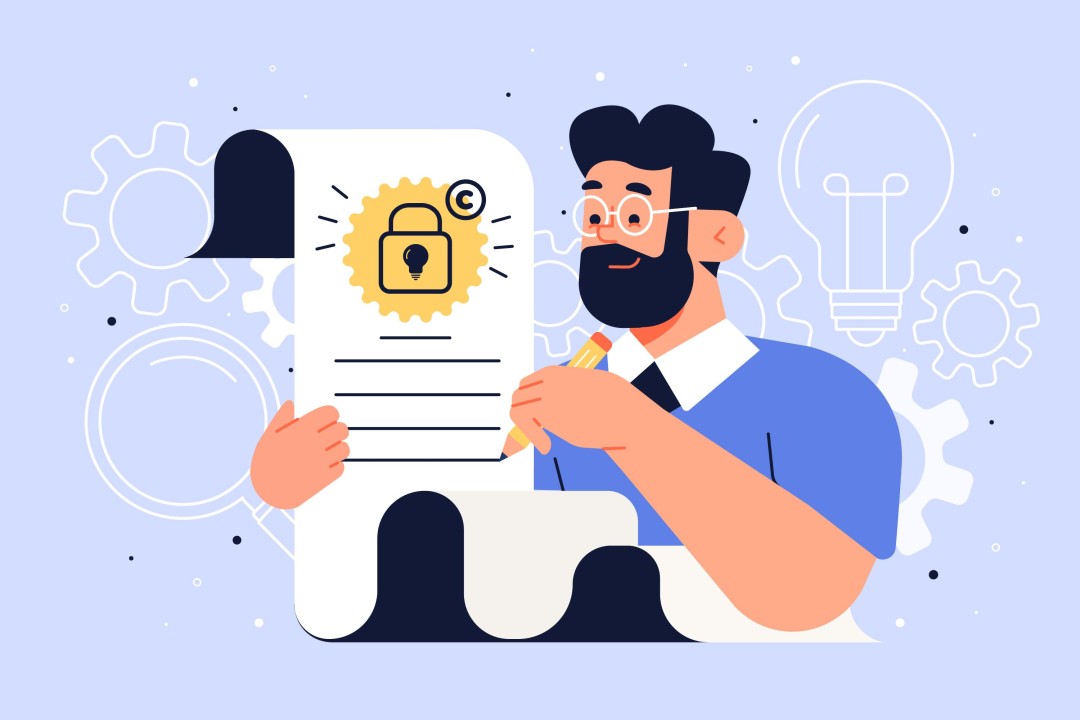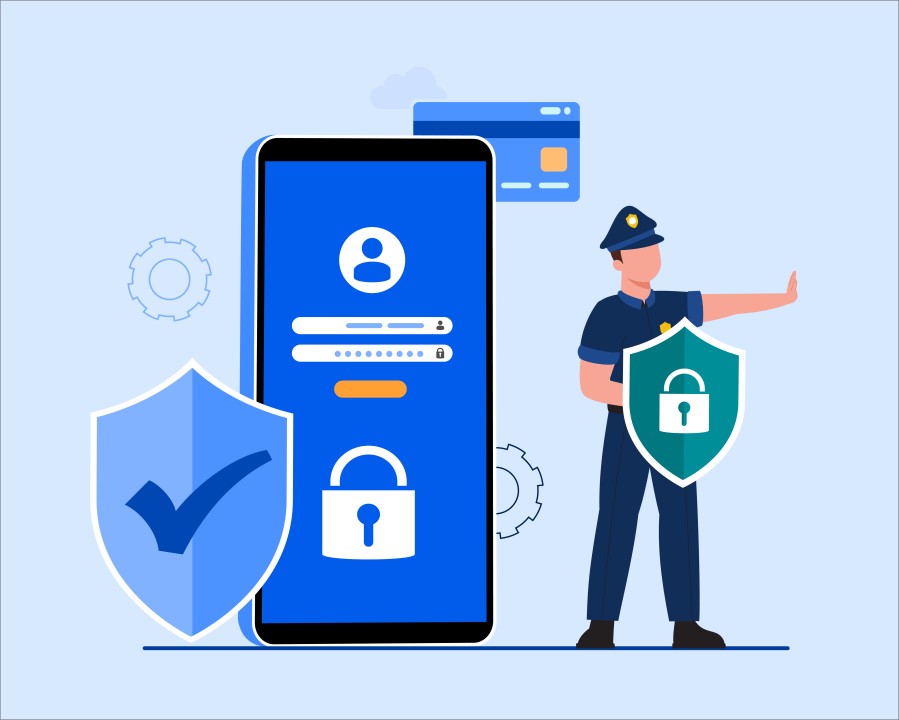In today's digital age, outsourcing software development has become a common practice for businesses looking to reduce costs and increase efficiency. However, outsourcing software development also comes with its own set of risks, particularly when it comes to intellectual property (IP) protection.

In this blog, we will discuss the importance of IP protection in outsourcing software development, legal considerations, non-disclosure agreements (NDAs), and protecting sensitive information during the software development outsourcing process.
The Importance of Intellectual Property (IP) Protection in Outsourcing Software Development
Intellectual property is a valuable asset for any business, and it is particularly important in the software development industry. Software companies invest significant time and resources into developing innovative software solutions, and protecting their intellectual property is crucial to maintaining their competitive advantage.
When outsourcing software development, companies often share their proprietary information with third-party service providers. This information can include trade secrets, confidential data, and other intellectual property. Therefore, it is essential to ensure that your intellectual property is protected when outsourcing software development.
One of the most effective ways to protect your intellectual property is to include IP protection clauses in your outsourcing contracts. These clauses should clearly define the scope of the intellectual property being protected, the ownership of the intellectual property, and the rights and obligations of both parties.
Additionally, it is important to conduct due diligence when selecting a third-party service provider. This includes researching the provider's reputation, experience, and track record. It is also important to ensure that the provider has adequate security measures in place to protect your intellectual property.
Addressing Legal Considerations in Outsourcing of Software Development
When outsourcing software development, it is important to address legal considerations to ensure that your intellectual property is protected. This includes understanding the laws and regulations in the country where the third-party service provider is located.
For example, some countries may have weaker intellectual property laws or may not enforce intellectual property rights as rigorously as others. It is important to understand these legal considerations and take appropriate measures to protect your intellectual property.
Additionally, it is important to ensure that your outsourcing contracts are legally binding and enforceable. This includes ensuring that the contracts are written in a clear and concise manner, and that they include all necessary provisions to protect your intellectual property.
Non-Disclosure Agreements (NDAs) in Outsourcing of Software Development
Non-disclosure agreements (NDAs) are a common tool used to protect intellectual property in outsourcing software development. NDAs are legal agreements between two parties that prohibit the disclosure of confidential information to third parties.
When outsourcing software development, NDAs can be used to ensure that the third-party service provider does not disclose your confidential information to third parties. NDAs should clearly define the scope of the confidential information being protected, the obligations of the third-party service provider, and the consequences of a breach of the NDA.
It is important to ensure that NDAs are included in your outsourcing contracts and that they are legally binding and enforceable. Additionally, it is important to ensure that the third-party service provider understands the importance of the NDA and is willing to comply with its terms.
Protecting Sensitive Information During the Software Development Outsourcing Process
In addition to including IP protection clauses in your outsourcing contracts and using NDAs, it is important to take additional measures to protect sensitive information during the software development outsourcing process.
One way to protect sensitive information is to limit access to the information. Only provide access to the information that is necessary for the third-party service provider to complete the project. Additionally, it is important to ensure that the third-party service provider has adequate security measures in place to protect your sensitive information.
Another way to protect sensitive information is to use encryption and other security measures to protect data in transit and at rest. This includes using secure communication channels and encrypting data before it is transmitted.
Finally, it is important to conduct regular audits and assessments to ensure that your intellectual property and sensitive information are being protected. This includes reviewing the security measures of the third-party service provider and ensuring that they are complying with the terms of the outsourcing contract and NDA.
Conclusion
In conclusion, protecting your intellectual property is crucial when outsourcing software development. By including IP protection clauses in your outsourcing contracts, addressing legal considerations, using NDAs, and protecting sensitive information during the software development outsourcing process, you can ensure that your intellectual property is protected. This will help you avoid legal disputes and protect your competitive advantage.
